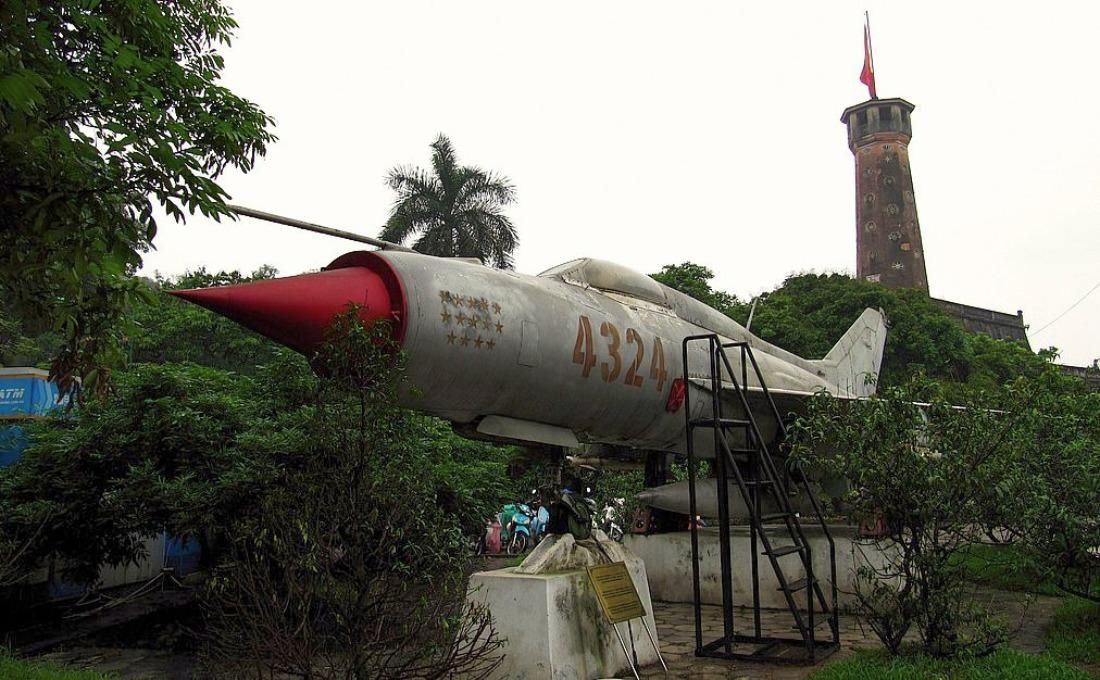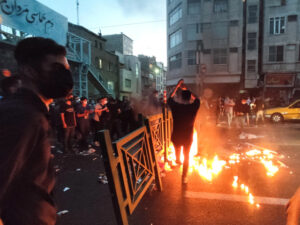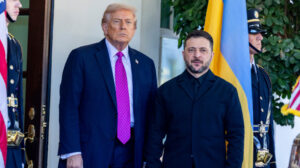Col. Nguyen Tomb — or “Toon” — is one of the names immortalized in military aviation, like Baron von Richthofen and Eddie Rickenbacker.
I first encountered Tomb when I was 10 years old, playing Chuck Yeager’s Air Combat on my dad’s computer. In one mission, you fly against the Vietnamese ace, infamous for having scored 13 air-to-air kills.
Tomb was the only Vietnamese pilot named in the game, and I was curious, like many others before and since, to learn more about this mysterious aviator. The top-scoring American pilots in Vietnam, by comparison, had only five kills each.
On paper, the air war over Vietnam should have been a grossly one-sided contest. The U.S. Air Force and Navy, the strongest air arms in the world, opposed the jets of the Vietnam People’s Air Force, averaging 70 warplanes in the early years of the air war, and peaking at 200 near the end.
It was far from one-sided. The Vietnamese received extensive technical assistance, training and replacement aircraft from Russia and China. They also drew upon decades of experience fighting materially stronger opponents.
Vietnamese MiG fighters launched hit-and-run attacks on U.S. attack formations that flew on predictable schedules, inflicting heavy losses even on supersonic F-105 Thunderchief bombers. Ground-based radars guided Vietnamese pilots into perfect ambush positions.
American aviators, in turn, had rules of engagement prohibiting them from firing missiles at unidentified aircraft or attacking enemy airfields. The Vietnamese ultimately lost more aircraft than they shot down in air-to-air combat, but they forced many air raids to abort mission and ditch their bombs.
NSA signals intelligence units spying on Vietnamese radio communications appear to be responsible for Tomb’s rise to fame. An NSA report made public through the Freedom Of Information Act, tells us how it began.
…the NSA could identify each North Vietnamese pilot by his own unique call sign suffix […] SIGINT analysts became familiar with many of the unseen North Vietnamese flyers and built case histories on individual pilots, their ranks, organizations, number of missions flown, even their combat records.
This is how they discovered Tomb, “an airborne outlaw in the image of a Wild West gunslinger” and “the first SIGINT-confirmed enemy ace.” To clarify, an “ace” is a pilot who has shot down at least five enemy aircraft.
Why were there so many Serial Killers between 1970 – 2000 & where did they go?
In the NSA’s account, Tomb was such a serious threat that the commander of the U.S. 7th Air Force was “obsessed” with shooting him down, and the NSA alerted the general everytime Tomb was scheduled to fly. The report concluded with a detailed account of how the “Red Baron of North Vietnam” “single-handedly wrecked a strategic bombing mission.”
A photo also circulated of a MiG-17 numbered 3020 with over a half-dozen stars on its nose — each star representing an American plane shot down. This could only be the fighter of the infamous Tomb himself.
The MiG-17 “Fresco” evolved from the MiG-15 fighters flown extensively in the Korean War, featuring sharply swept back wings. It was a generation behind the F-4 Phantom, the top U.S. fighter of the time.
While the F-4 flew faster than Mach 2, the MiG-17 could not quite reach Mach 1 in level flight. And unlike the MiG-21 fighters in Vietnamese service, the MiG-17 couldn’t carry air-to-air missiles, relying instead on a heavy 37-millimeter and two 23-millimeter cannons. Nor did the plane have hydraulic controls, making it sluggish to handle at high speeds.
But despite these disadvantages, the MiG-17 was exceptionally maneuverable at slower speeds. Earlier in the conflict, the F-4 was plagued by its dependency on unreliable air-to-air missiles. If a MiG-17 closed into dogfighting range, it could easily out turn an F-4 and shoot it down — unless the Phantom pilot hit the throttle to disengage.
Read more yahoo
Ask me anything
Explore related questions





